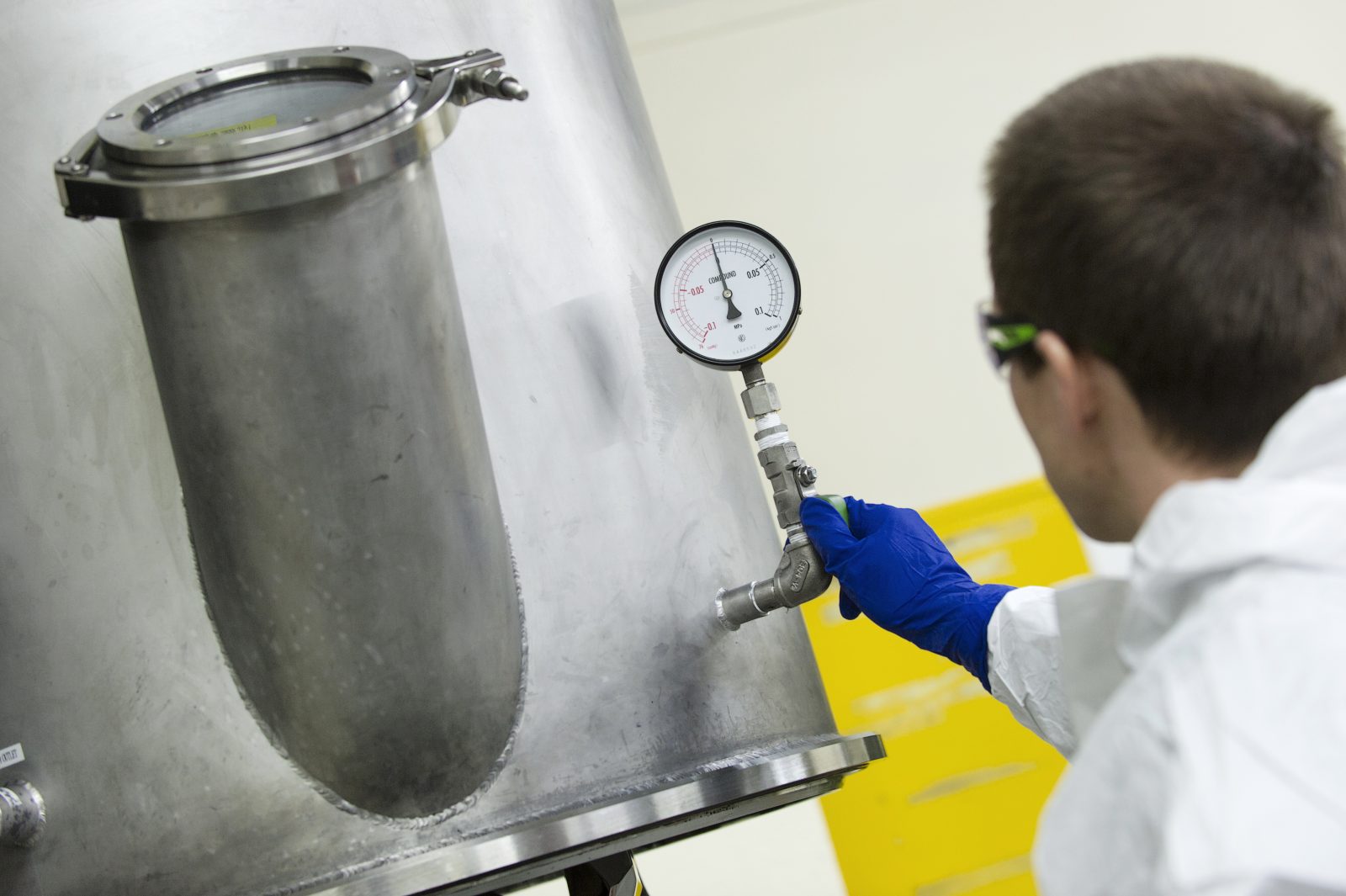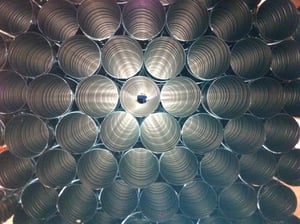AMTE Power plc (LON:AMTE) Chief Executive Officer Kevin Brundish caught up with DirectorsTalk for an exclusive interview to discuss what the company does, the market opportunity, timescale for achieving goals, working with the UK government and how they will meet demand.
AMTE Power are launching a series of next generation products based on new chemistries and cell structures that are designed to solve key problems in power delivery, energy performance and safety. Joining me today to discuss the company is CEO Kevin Brundish.
Q1: Just to start off, can you just tell us who is AMTE Power?
A1: The company is a developer and manufacturer of lithium-ion battery cells. The company was founded in 2013 with myself along with some ex-colleagues from QinetiQ.
We’ve really been focussing on bringing to market somewhat differentiated products, really that sit complimentary to the majority of lithium-ion batteries that have been manufactured to date.
Q2: So, can you tell us what is the market opportunity?
A2: We’re facing a very very large market opportunity, it’s a very exciting time to be in the battery world.
What we’re really seeing here is a huge global push on environmental change, climate change being the real key driver there. That has put electrification of vehicles and renewable energy and alongside that energy storage in the forefront so batteries form a fairly central part of that opportunity/requirement.
So, the opportunity that’s opened up, both with automotive moving to electrification and energy storage in renewable energy is over a $100 billion market, according to Bloomberg, and that’s seen worldwide. You can see the huge momentum that’s built up around Europe with a lot of new battery gigafactories coming online.
Q3: What is the timescale to achieving your goals?
A3: We are a long way through bringing those products to market, as I mentioned earlier.
We are looking at three products coming to market over the next three years, each of which have specialised performance features, a good example being the Ultra High-Power cell which is really us putting as much power into as smaller volume as possible.
Traditional cells have concentrated on energy which is equivalent to how much fuel you have in your tank and how far you’ll go, and we’ve been developing a cell which is all about power which is how fast that fuel goes. It’s really about acceleration rather than range.
So, that’s what we’ve been doing and we’re expected to release those products over the next couple of years.
Q4: How do you combine working with the UK government and commercial partners?
A4: So, the UK government has invested extensively within bringing a battery cell manufacturing market to the UK.
A great example of that is in June when we announced we had won some funding from the UK government alongside key industry partners to take our High-Power cell, in this case, through to volume manufacturing.
We’ve also recently announced that we expect to be appointed on another programme which will take that same cell into a cylindrical format and again, that is alongside partners including BMW and BP.
So, the UK government is extensively supporting the creation and development of this industry.
Q5: How will AMTE Power meet demand?
A5: We already have a manufacturing facility on the north coast of Scotland, I think that gives us a distinct advantage compared to other entities in the space who are not able to manufacture developing of the cells so we’re in good shape.
Demand is expected to exceed the capacity there so we’re using the knowledge of our products and the knowledge that we have in already being able to manufacture to look at expanding that manufacturing capacity.
So, we’re looking at a 2GWh plant to come online in 2024/2025, the substantial part of that design work has been done and we’re looking to choose a selected site over the next 6-12 months. That’ll really be focussed on the automotive programmes, we’ve also got expected expansion elsewhere, outside of the UK where we’ll be looking at our energy storage products.
So, this is all about expanding our manufacturing capacity to meet the demand.







































